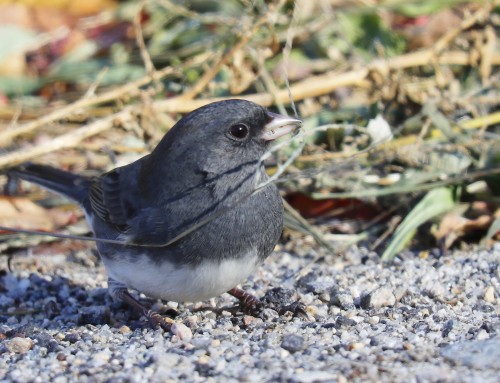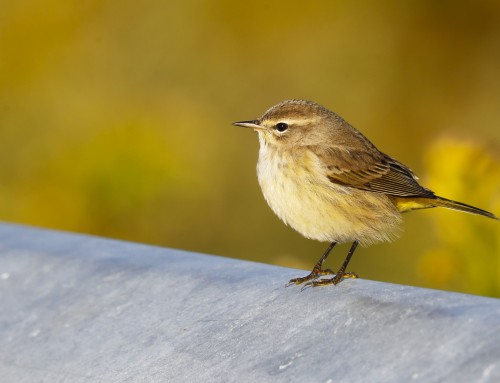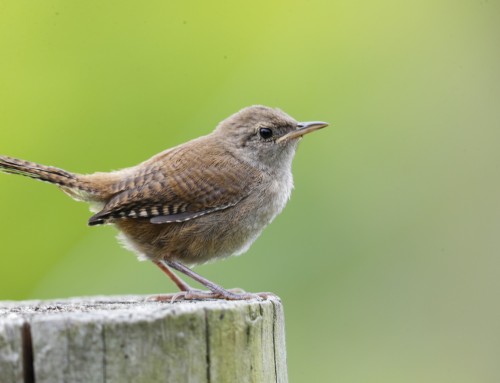Sept. 13, 2024: After fledging, young American Kestrels stay near their parents, relying on them for food and learning to hunt. They practice flying and hunting, gradually becoming independent within a few weeks. These young Kestrels were recently seen at the Crane Wildlife Management Area off of Rt. 151.
After fledging, young American kestrels (Falco sparverius) typically remain close to their parents, continuing to rely on them for food and learning vital survival skills. Here’s an overview of their behavior and daily routine immediately after fledging:
Staying Close to Parents
Once the young kestrels leave the nest (usually around 28-31 days after hatching), they don’t venture far. They often stay within the immediate vicinity of the nest site for the first few weeks. The parents, particularly the male, continue to provide food, as the fledglings are not yet fully skilled in hunting. The fledglings might fly short distances, but they tend to perch on nearby branches, rooftops, or other high vantage points to observe their surroundings.
Learning to Hunt
During this period, the fledglings engage in practice flights and work on developing their coordination. Hunting skills are critical, and young kestrels often practice pouncing on insects, small prey, or even objects as they refine their predatory abilities. The parents demonstrate hunting techniques by catching prey and bringing it back for the young to observe or eat.
Daily Routine
1. Morning: The day starts with fledglings calling out to their parents for food, which is delivered to them by one or both parents.
2. Midday: The fledglings rest, preen their feathers, and take practice flights between short perches. They may chase after insects or other small prey, gradually building their flight stamina and agility.
3. Afternoon: Similar to the morning, the parents will continue hunting and feeding the young. As the fledglings grow stronger, they start experimenting with more complex aerial maneuvers and longer flights.
4. Evening: Toward the end of the day, fledglings gather near their original nesting area, still dependent on their parents for protection and food.
Within a few weeks, the fledglings become more independent, starting to catch their own prey and eventually dispersing to find their own territories. The parental care and guidance during this transition are essential to their survival in the wild.







Leave A Comment
You must be logged in to post a comment.